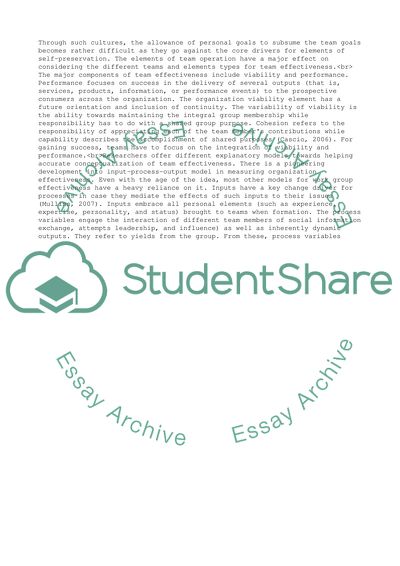Cite this document
(“Management and Organisations Individual REPORT Essay”, n.d.)
Management and Organisations Individual REPORT Essay. Retrieved from https://studentshare.org/management/1637079-management-and-organisations-individual-report
Management and Organisations Individual REPORT Essay. Retrieved from https://studentshare.org/management/1637079-management-and-organisations-individual-report
(Management and Organisations Individual REPORT Essay)
Management and Organisations Individual REPORT Essay. https://studentshare.org/management/1637079-management-and-organisations-individual-report.
Management and Organisations Individual REPORT Essay. https://studentshare.org/management/1637079-management-and-organisations-individual-report.
“Management and Organisations Individual REPORT Essay”, n.d. https://studentshare.org/management/1637079-management-and-organisations-individual-report.


